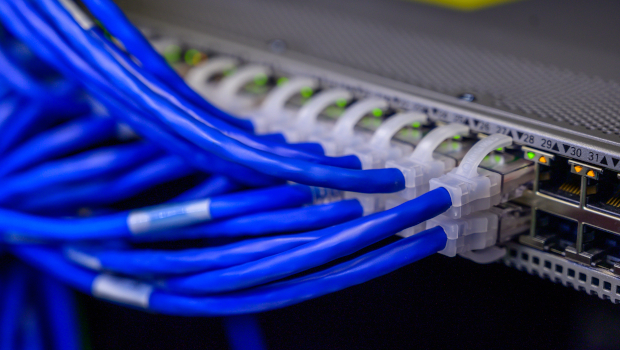
Cyber attacks on corporate networks increased 50% in 2021
Cyber attacks on global corporate networks have increased by 50% in 2021, according to research from Check Point.
Between mid-2020 and throughout 2021, there has been an “upwards trend” of cyber attacks, according to the cyber security firm, reaching an all-time high at the end of the year with a global peak of 925 a week per organisation.
The increase follows Check Point’s previous research back in October 2021 that found a 40% increase in attacks globally, with line in every 61 organisations worldwide impacted by ransomware every week.
“Less than a month after the world witnessed one of the most serious vulnerabilities on the Internet, with millions of attacks per hour attempting to exploit the Log4j vulnerability, 2021 has been a record-breaking year in terms of cyber security,” Check Point said.
In 2021, education/research was found to be the sector that experienced the most attacks, clocking an average of 1,605 attacks per organisation every week – a 75% hike from the previous year.
This was followed by the government/military sector’s 1,136 attacks per week (up 47%), and the communications industry which registered 1,079 attacks (up 51%).
In terms of geographical data, Africa experienced the highest volume of attacks in 2021, with an average of 1,582 weekly attacks per organisation – a 13% increase over 2020.
That was followed by APAC with 1,353 (up 25%), while Latin America clocked 1,118 (38%), Europe hit 670 (68%), and North America racked up 503 (61%).
To help prevent these rising attacks, the Check Point advised organisations to maintain up-to-date security patches, segment their networks with strong firewalls and IPS safeguards, raise user awareness in employees, as well as implement appropriate security technologies.
“One of the biggest challenges facing security practitioners is Gen V attacks – the combination of a wide breadth of threats, large scale attacks and a broad attack surface,” the firm said.
“A security architecture that enables and facilitates a unified and cohesive protection infrastructure is going to provide more comprehensive and faster protection than an infrastructure comprised of pieces that don’t work together.”
Ⓒ Future Publishing




Subscribers 0
Fans 0
Followers 0
Followers